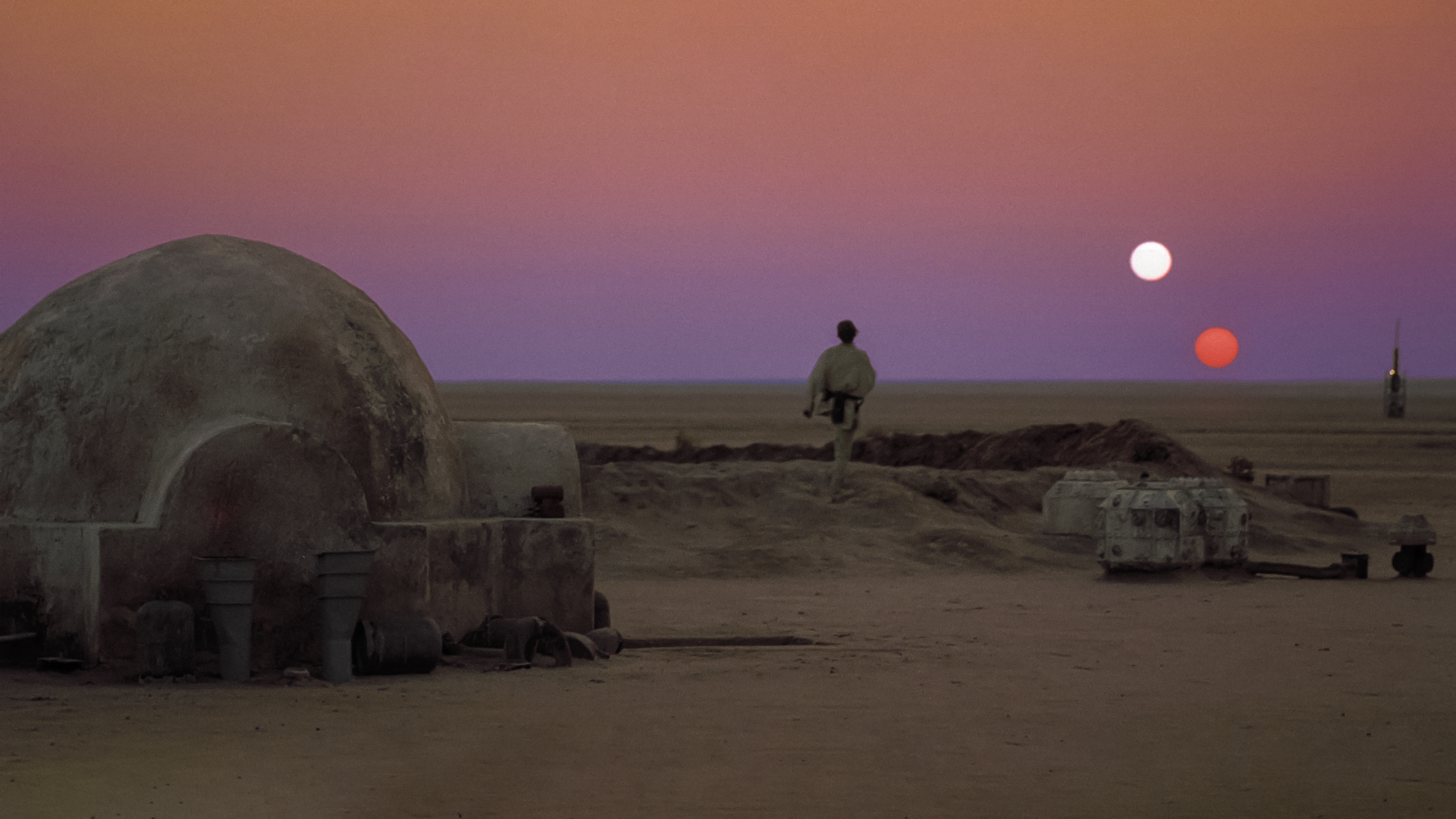Wild Theory: 5-Dimensional Black Holes Could Break Laws of Physics

Black holes are messy in four dimensions. But add a fifth, and a black hole could shatter the laws of physics, scientists have shown.
Researchers from the University of Cambridge in England and Queen Mary University of London have successfully simulated a black hole in five dimensions with a supercomputer. Instead of having a spherical shape, such a black hole resembles a very thin ring, which gives rise to a series of bulges. At first these bulges are connected via puny strings, but as time wears on those strings become thinner, until the bulges break off into their own mini black holes.
So what's the problem?
Well, in a four-dimensional universe, the singularity — the point in the black hole's center where gravity is so intense that general relativity breaks down — remains hidden behind the event horizon. But in a five-dimensional universe, once that black string breaks into a series of mini black holes, the singularity is visible to the outside world. In theory, an observer could see physics break down before his or her own eyes, a thought that makes any scientist cringe. [The Strangest Black Holes in the Universe]
The key is that general relativityunderpins everything scientists know about gravity. It's an essential tool when it comes to estimating the age of the universe and even calculating GPS signals. In the 100 years since Einstein first laid out the theory, relativity has passed every subsequent test. It even predicted the existence of gravitational waves, the detection of which was finally announced earlier this month.
"If naked singularities exist, general relativity breaks down," study co-author Saran Tunyasuvunakool said in a statement. "And if general relativity breaks down, it would throw everything upside down, because it [the theory] would no longer have any predictive power — it could no longer be considered as a stand-alone theory to explain the universe."
Of course there's little chance that scientists will be observing a "black ring" anytime soon. So why study these oddities? Certain cutting-edge theories do suggest that there are many more dimensions that scientists (and everyone else) can't perceive. So perhaps a black ring actually formed some of the many black holes astronomers do observe.
Breaking space news, the latest updates on rocket launches, skywatching events and more!
Plus, "the better we get at simulating Einstein's theory of gravity in higher dimensions, the easier it will be for us to help with advancing new computational techniques. We're pushing the limits of what you can do on a computer when it comes to Einstein's theory," Tunyasuvunakool said.
The five-dimensional black hole research is detailed in the Feb. 18 edition of the journal Physical Review Letters.
Follow Shannon Hallon Twitter @ShannonWHall. Follow us @Spacedotcom, Facebook and Google+. Original article on Space.com
Join our Space Forums to keep talking space on the latest missions, night sky and more! And if you have a news tip, correction or comment, let us know at: community@space.com.

Shannon Hall is an award-winning freelance science journalist, who specializes in writing about astronomy, geology and the environment. Her work has appeared in The New York Times, Scientific American, National Geographic, Nature, Quanta and elsewhere. A constant nomad, she has lived in a Buddhist temple in Thailand, slept under the stars in the Sahara and reported several stories aboard an icebreaker near the North Pole.
